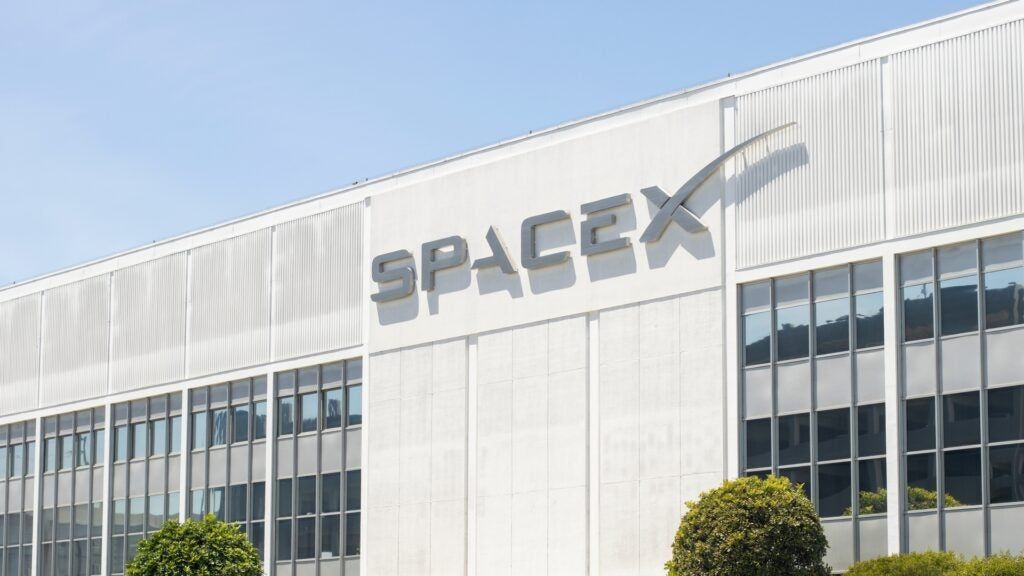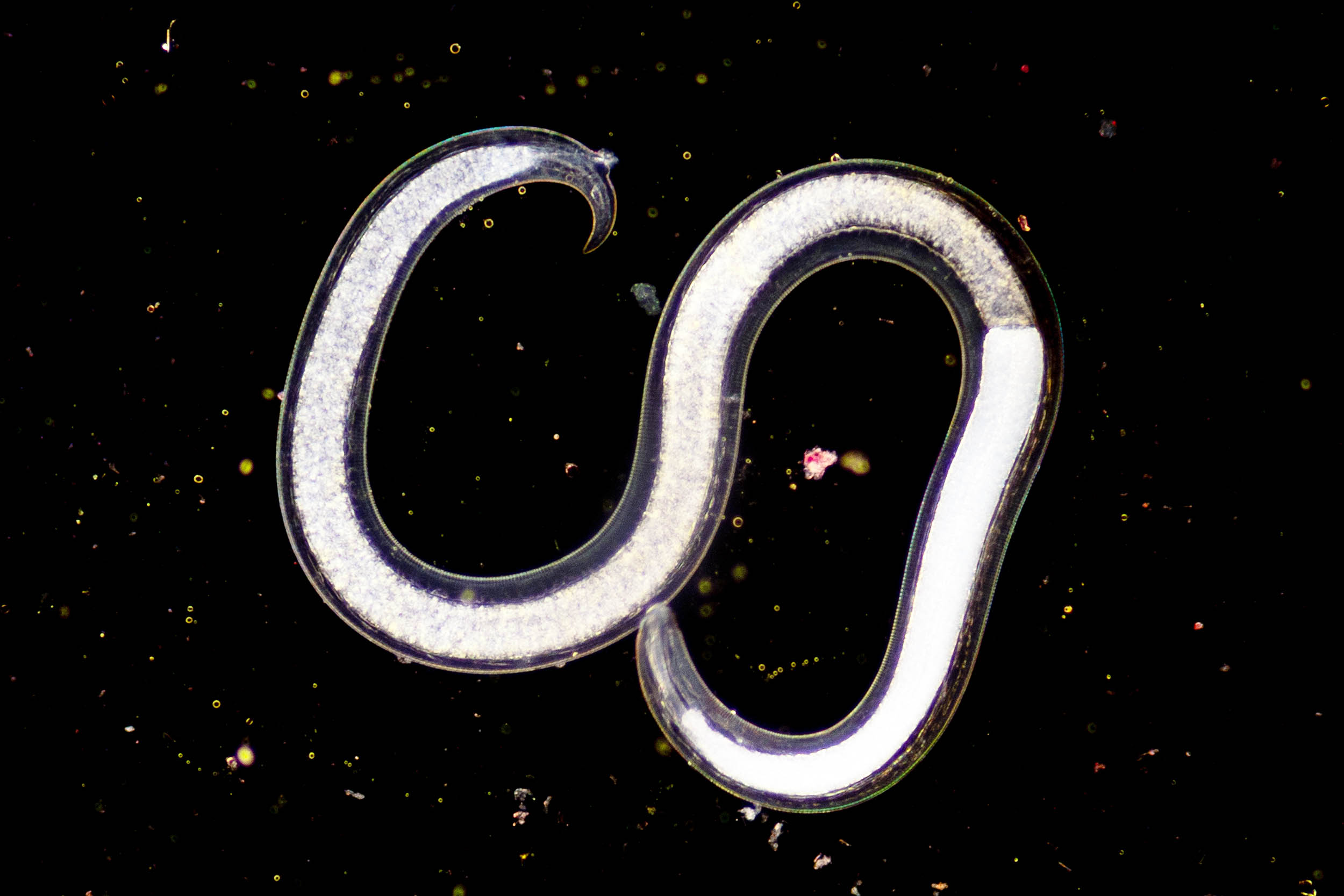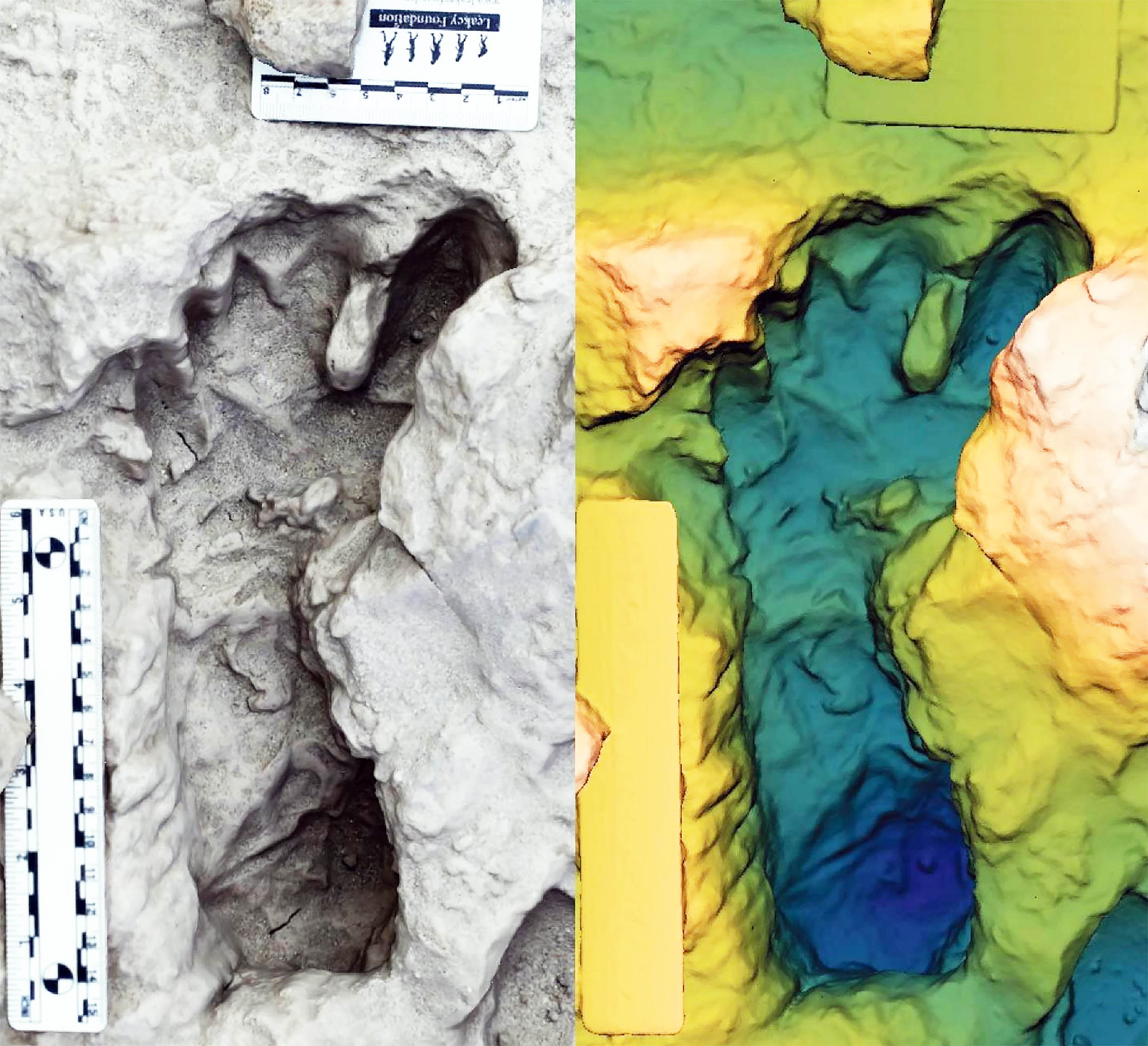China's Robotic Revolution: Meet the Machines Paving the Way to the Moon!

Imagine two cutting-edge robots scuttling through the darkness of an ancient volcanic cave, navigating treacherous terrain to prepare for humanity's next giant leap—this isn't a scene from a sci-fi blockbuster, but a groundbreaking initiative from China aimed at lunar exploration. Enter Anteater and Salamander, the robotic duo designed to scout the Moon's lava tubes, offering a glimpse into a future where machines lead the charge in space exploration.
Unveiled by researchers at Peking University and the Beijing Academy of Artificial Intelligence, Anteater and Salamander are not just sophisticated gadgets; they are part of China's ambitious 'robot-first' strategy as the nation pioneers a new chapter in lunar exploration. While the U.S. grapples with delays in its Artemis program, aiming for a crewed Moon return in the late 2020s, China is pushing forward with a target date of 2030 for its own human landing. This shift highlights a dramatic transformation in how we approach space: it’s intelligence, not just human bravery, that will guide us through the cosmos.
These robotic explorers are tasked with traversing the Moon's lava tubes—vast underground channels leftover from ancient volcanic activity—which may hold the key to future human habitats. Scientists have long speculated that these natural shelters could protect astronauts from the Moon's harsh conditions, including extreme temperature variations and dangerous radiation levels. To put it into perspective, temperatures on the Moon can soar to a blistering 127°C during the day and plunge to a bone-chilling -173°C at night, making human survival on the surface nearly impossible without proper protection.
But there’s good news: research from China’s Chang’e 4 mission revealed that radiation levels decrease significantly within these underground tunnels. While surface radiation can reach perilous levels, deeper inside the lava tubes, it could drop to manageable amounts, comparable to living in a low-radiation area on Earth. This makes them promising candidates for constructing lunar bases, all while avoiding the dangers of surface exposure.
Anteater and Salamander are equipped with specialized skills for this challenging environment. Anteater comes with a flexible robotic arm, perfect for sampling rocks and deploying sensors, while Salamander boasts adaptive wheels allowing it to glide through tricky crevices. Together, they represent a powerful toolkit for exploring spaces that would be too narrow or hazardous for humans or traditional rovers. In tests conducted in a volcanic cave in Heilongjiang Province, these machines demonstrated their capacity to operate independently, mapping 3D environments with precision and without human oversight. Lead engineer Zhang Shanghang emphasized this innovation, stating, “These aren’t remote-controlled toys; they think, react, and adapt.”
As the race for lunar dominance heats up, China is positioning itself as a formidable contender. The successful return of samples from the Moon’s far side in 2024 through the Chang’e 6 mission marked a historic achievement, paving the way for future missions like Chang’e 7, set for 2026. By deploying autonomous robots to explore and assess potential landing sites before human crews arrive, China is not only reducing risks but also optimizing costs and increasing the likelihood of successful long-term missions. A study from NASA even suggested that using lava tubes for habitat construction could lessen radiation exposure and infrastructure requirements, enhancing the safety and sustainability of lunar living.

























